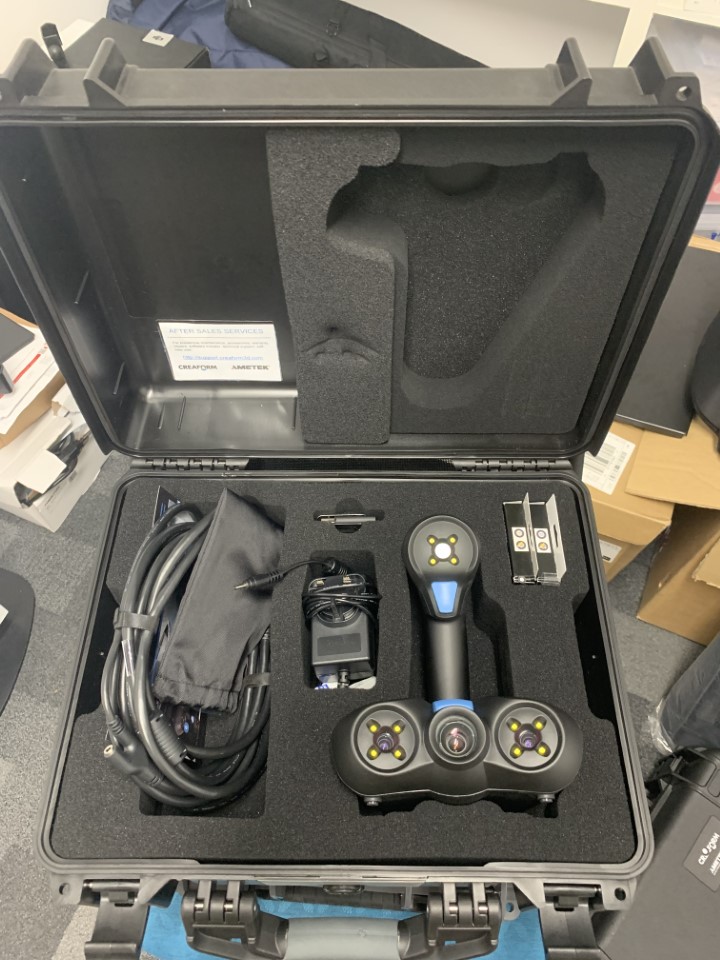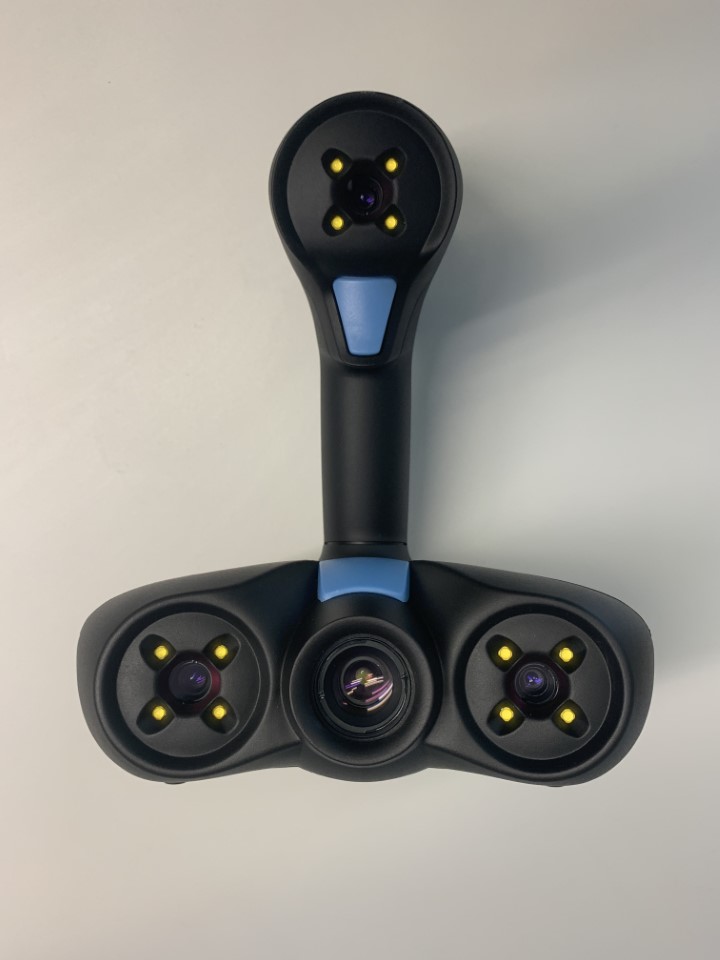Exeter Digital Maker Space
Exeter Digital Maker Space
Posted by s.houghton@exeter.ac.uk
19 June 2023
In the digital age, the ability to recreate physical environments in immersive virtual settings has become a groundbreaking endeavour. With the advent of advanced 3D scanning technology, we now have the power to capture the intricacies of the real world and translate them seamlessly into virtual realms. Join us as we explore the limitless possibilities, from gaming and architecture to entertainment and beyond, that arise when 3D scanners merge with the creation of virtual spaces!
Firstly, we will explore how 3D scanning technology empowered a student to capture precise details when completing their dissertation on VR’s efficacy in teaching hip arthroplasty skills. The dissertation project aimed to compare the ability of traditional PowerPoint training and VR training for teaching hip arthroplasty skills and participants received 60 minutes of either type of training before performing a simulated hemiarthroplasty procedure.

The study assessed procedural error in the operation using implant depth error as a surrogate measure for leg length discrepancy. After completing the procedure, femurs were 3D scanned using a Creaform Academia 50 scanner (3D Scanner), borrowed from the Digital Maker Space.
The 3D scanning process involved preparing the femur for scanning by reverse wrapping it in masking tape to create a sticky surface for placing targeting stickers, placing location stickers at regular intervals around the bone, and drawing a 5 cm line on it to enable scaling in the Blender software. The femur was then properly scaled, and the insertion depth was measured using three cubes placed at particular landmarks.
The resulting images were imported into Blender software where insertion depth was measured, and procedure error was calculated. The 3D scanning allowed for more accurate measurement of the implant insertion depth compared to using a ruler and served as a helpful alternative to X-ray measurement.

This project demonstrated the potential of using 3D scanning as an accurate and feasible alternative to traditional methods of measuring implant insertion depth, aiding students in the field of medicine. Furthermore, the use of Blender to support the analysis of the 3D scans shows the potential applications of Blender and other digital software for supporting education.
If you want to borrow any equipment or ask any questions, join us at the Digital Maker Space (Forum Library (-1)) on Thursdays 2:00-3:30pm!

